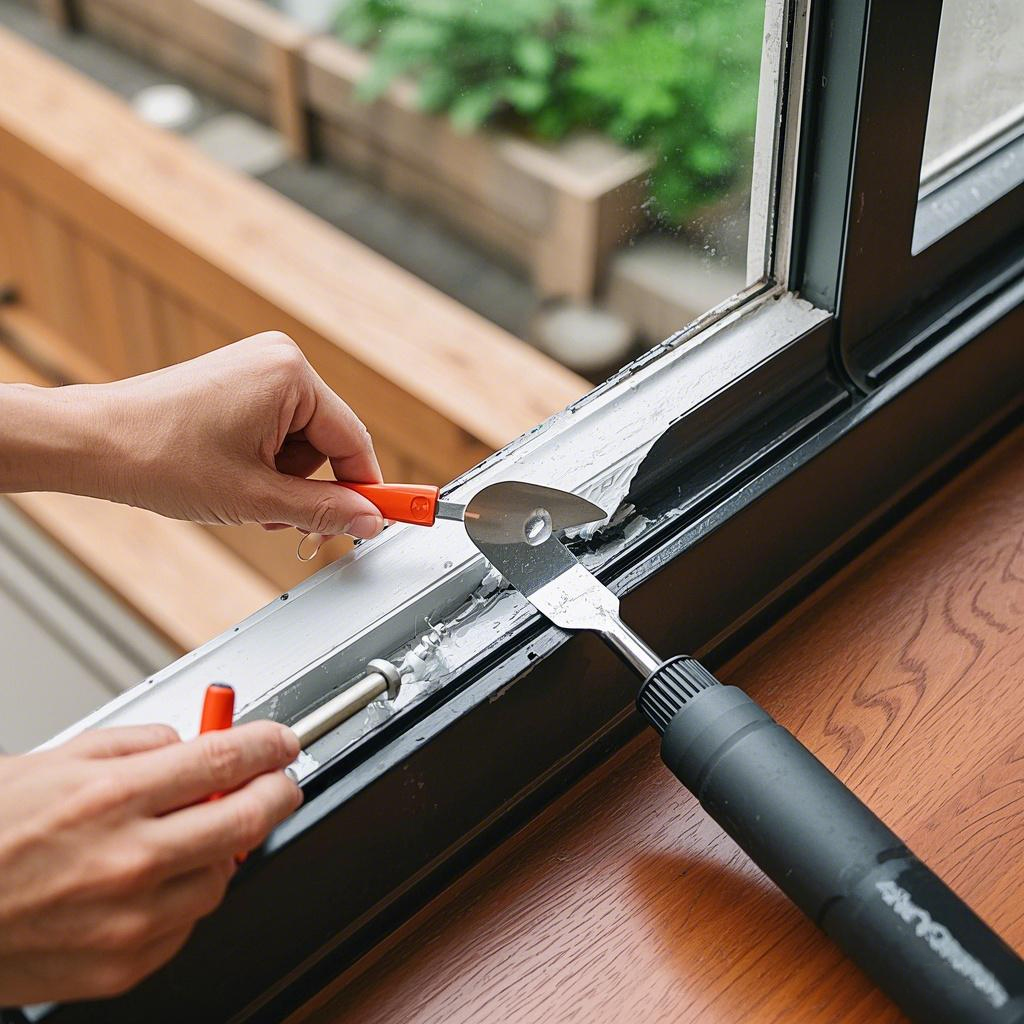

Structural adhesives, as a high-performance adhesive, are widely used in construction, automotive, aerospace and other fields, and their strong bonding ability ensures the solid connection of various components. However, in some cases, we need to remove these structural adhesives, such as for repairs, replacement of components or upgrades. Due to the extreme strength and adhesion of structural adhesives, the removal process can be challenging and risky. Therefore, it is critical to understand how to safely remove structural adhesives.

First, Understanding the properties of structural adhesives
Before getting your hands dirty removing structural adhesives, you first need to have a thorough understanding of the structural adhesive you are using. Different structural adhesives have different compositions, curing methods, hardness and other characteristics, which directly affects the removal method and the choice of tools required. For example, some structural adhesives become very hard after curing and may require the use of mechanical tools to remove; while some structural adhesives can be softened by heating and then more easily peeled.
Second, choose the appropriate removal tools and methods
Manual tools: For small areas or thin layers of structural adhesives, tools such as scrapers, spatulas or utility knives can be used for manual stripping. This method requires patience and careful operation to avoid damage to the substrate.
Mechanical tools: For large or thicker layers of structural adhesive, consider using mechanical tools such as electric grinders and sanders for sanding or cutting. When using these tools, be sure to wear protective eyewear, masks and gloves to prevent injury from flying sparks and debris.
Chemical Solvents: Certain specific chemical solvents can dissolve or soften structural adhesives, making them easier to remove. When selecting solvents, make sure they are compatible with the composition of the structural adhesive being used and follow the safety procedures in the product manual. When using solvents, do so in a well-ventilated environment and avoid direct skin contact.
Heating method: For certain structural adhesives that can be softened by heating, tools such as hot air guns and heating plates can be used for heat treatment. The temperature and time should be controlled when heating to avoid thermal damage to the substrate.
Third, safety operation precautions
Personal protection: In the process of removing structural adhesive, be sure to wear good personal protective equipment, including protective glasses, masks, gloves and protective clothing. This equipment can effectively reduce the splash, harmful gases and noise on the operator's injury.
Well-ventilated: Ensure that the work area is well ventilated to minimize the build-up of hazardous gases and the risk of inhalation by the operator. If possible, perform removal work outdoors or indoors with a good ventilation system.
Avoid sources of ignition: Pay special attention to fire safety when using chemical solvents or heat to remove structural adhesives. Avoid operating in the vicinity of flammable materials or sources of ignition to prevent fire accidents.
Waste disposal: The structural adhesive waste removed should be classified and disposed of in accordance with relevant regulations to avoid pollution of the environment.
Summarize
Safe removal of structural adhesive requires comprehensive consideration of the characteristics of structural adhesive, the selection of removal tools and methods, as well as safety precautions and other aspects of operation. Through rational planning and careful operation, we can effectively remove the structural adhesive, while ensuring the safety of the operators and the protection of the environment. If you encounter any uncertainty during the removal process, you should consult professionals or relevant information to ensure the correctness and safety of the operation.
Wyślij e-mail do tego dostawcy
2025-01-09